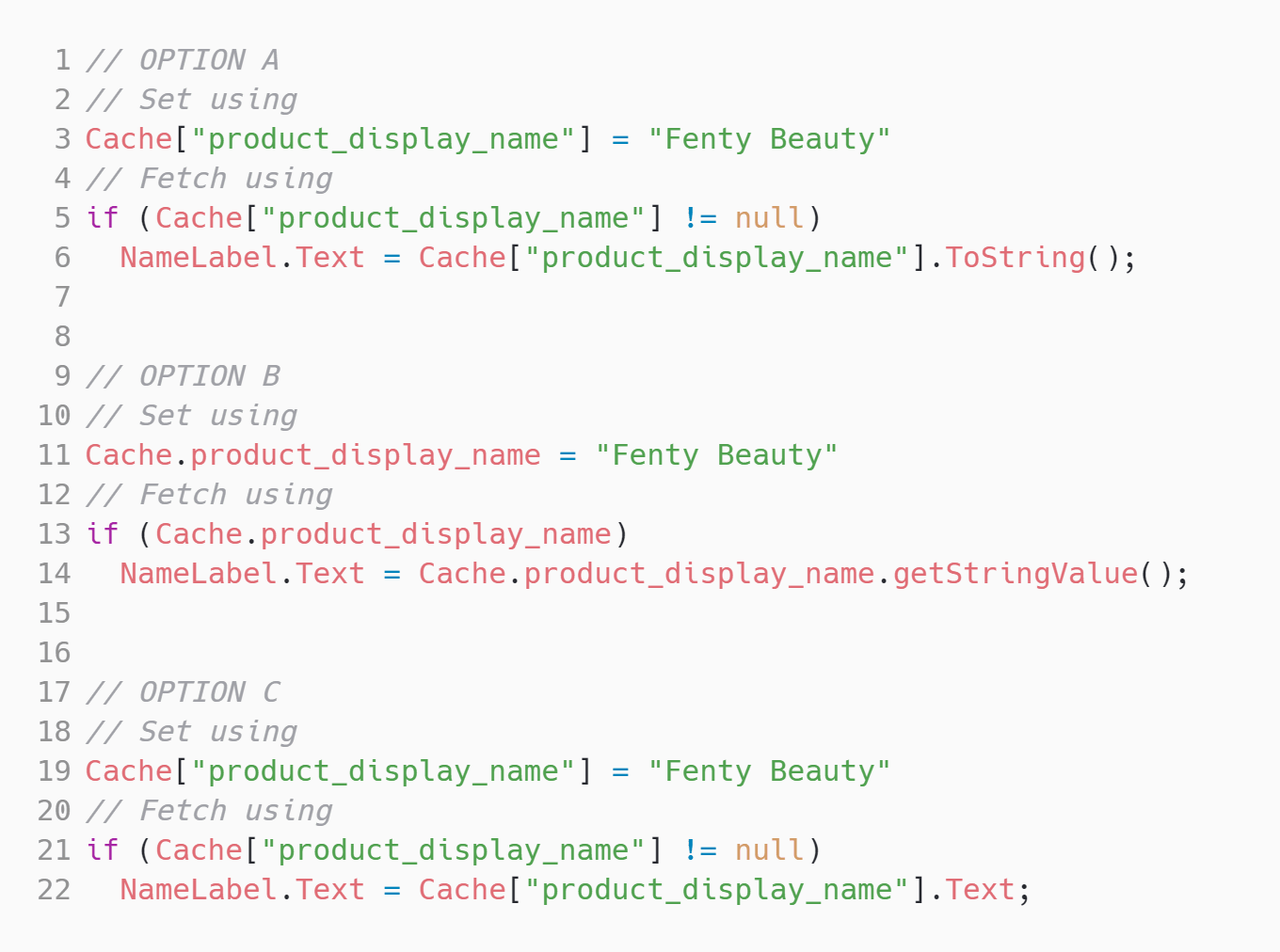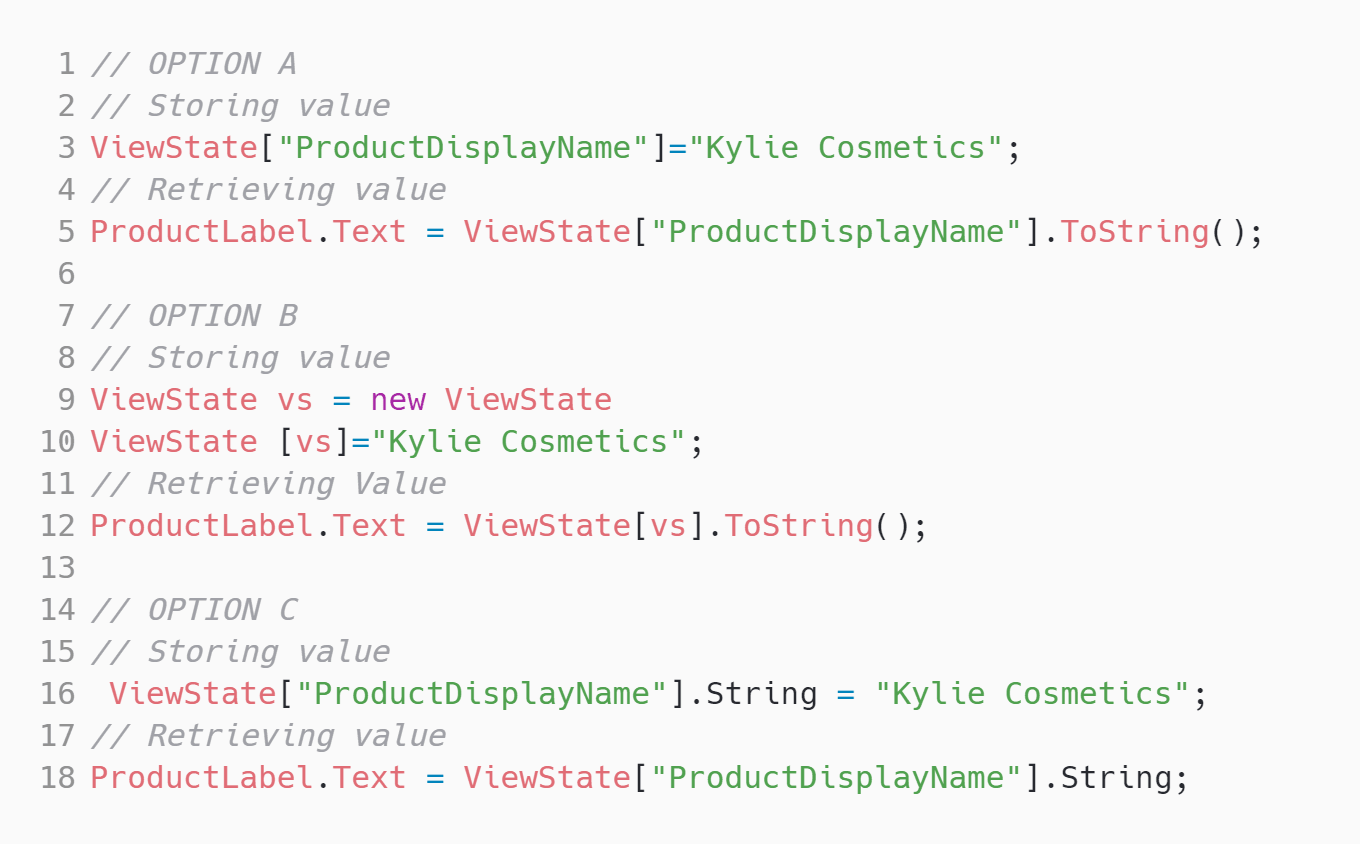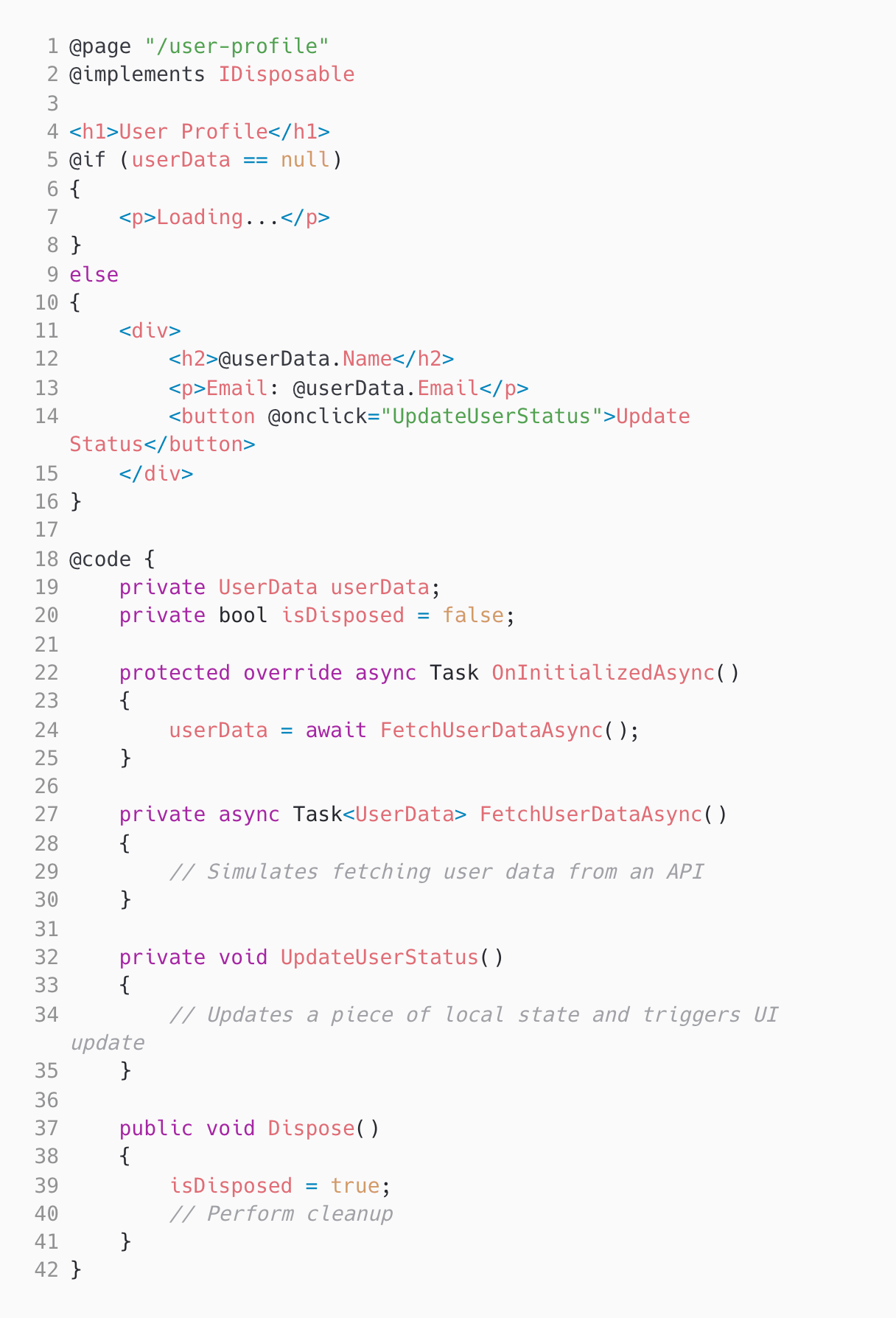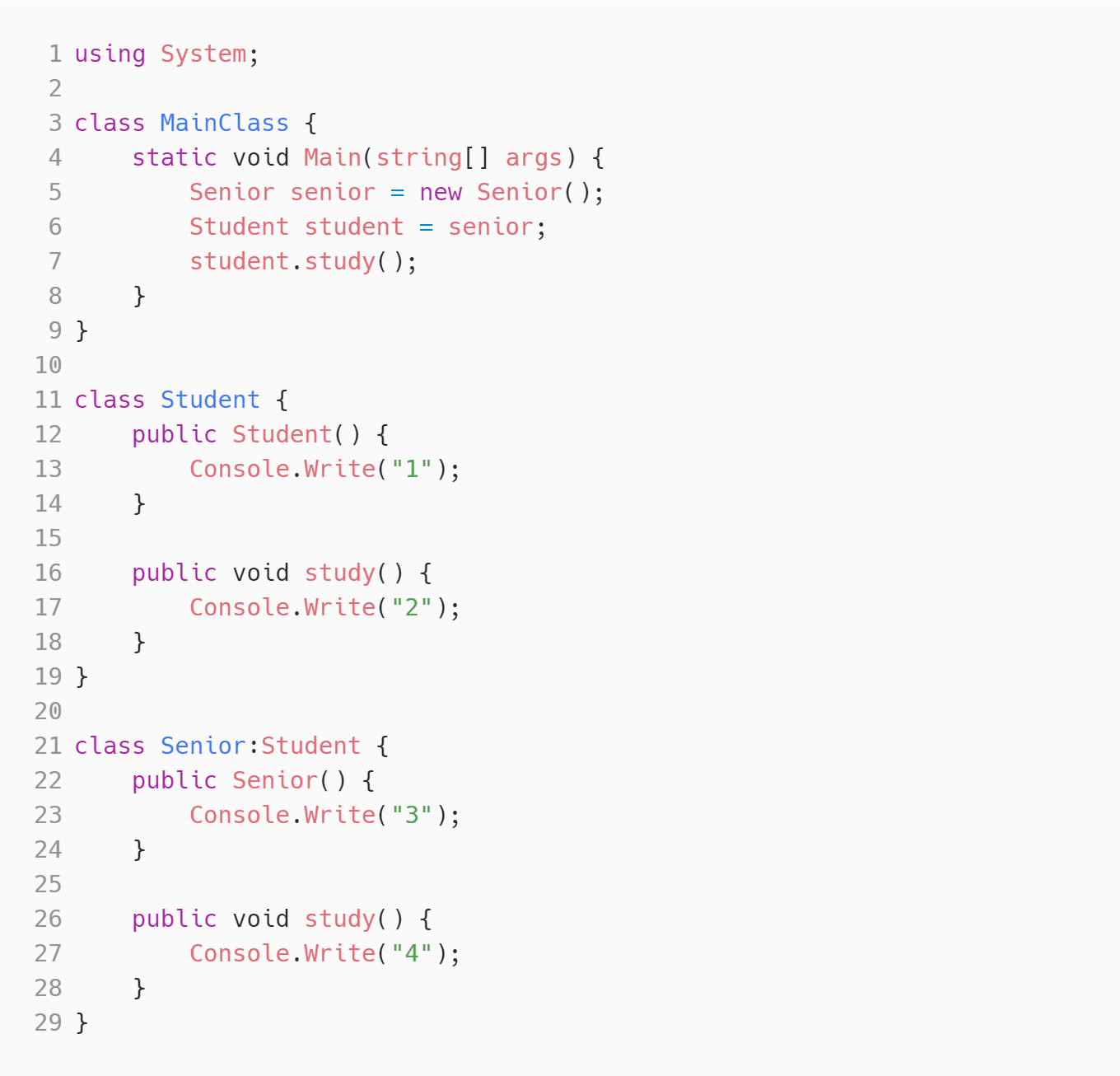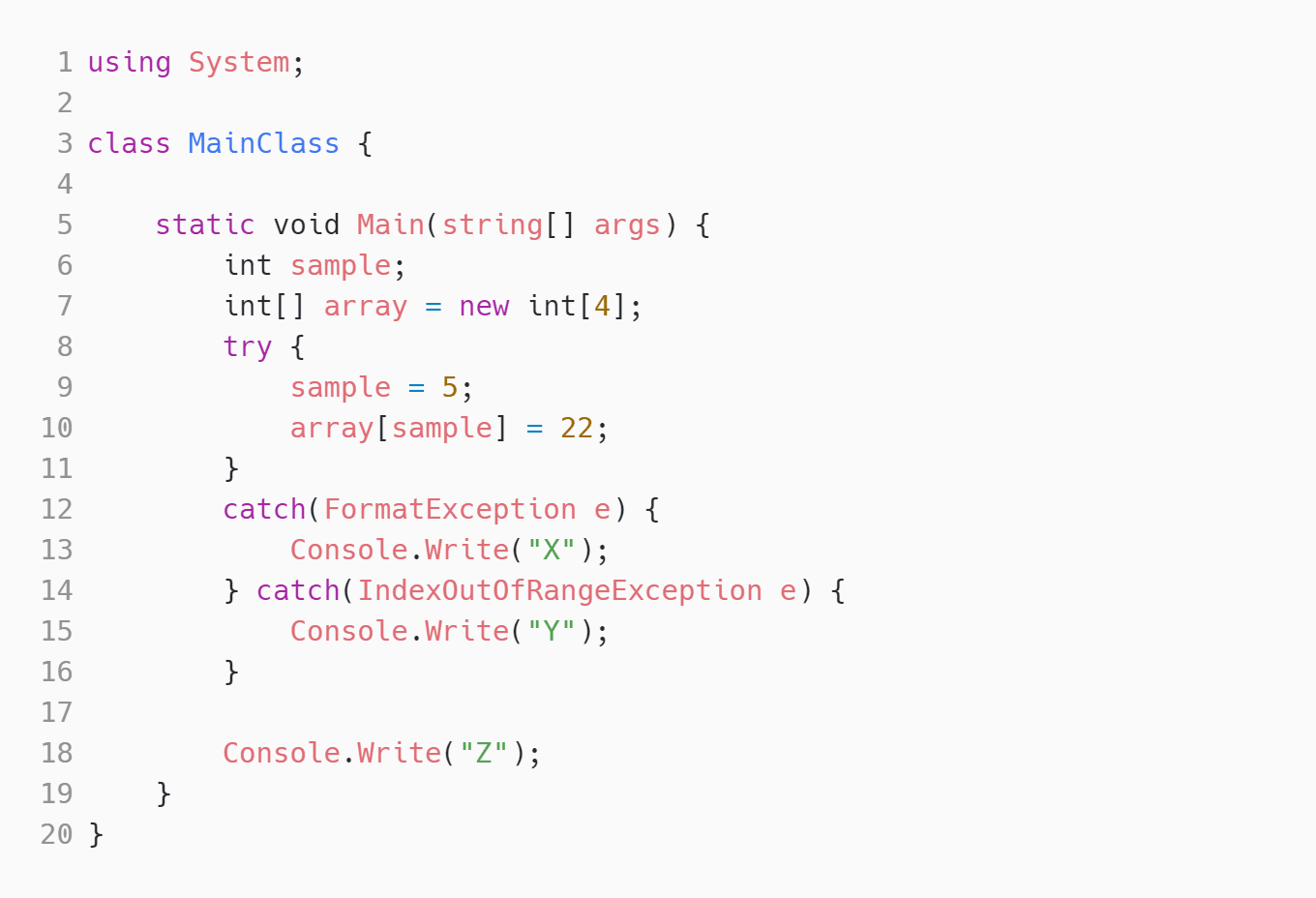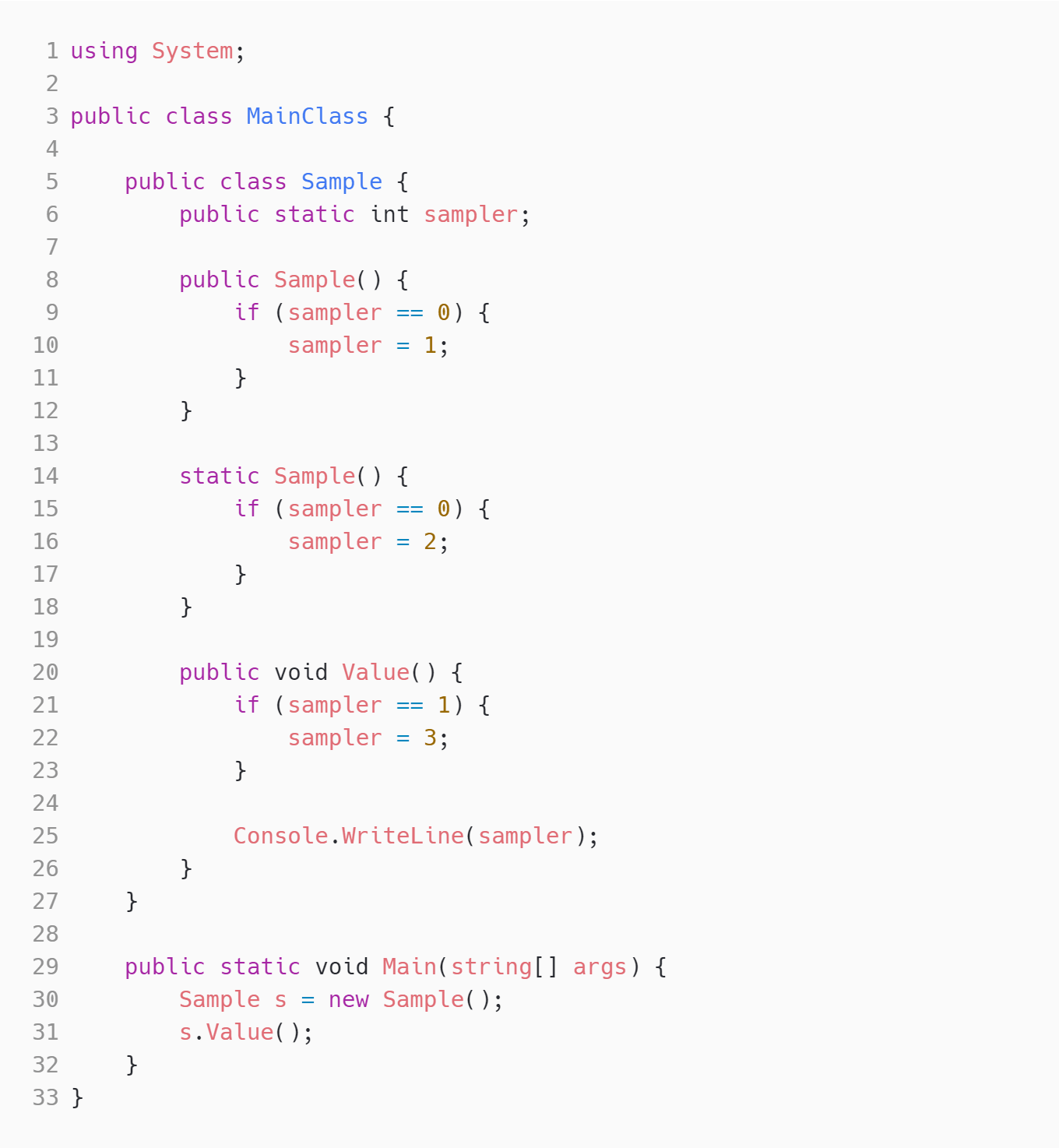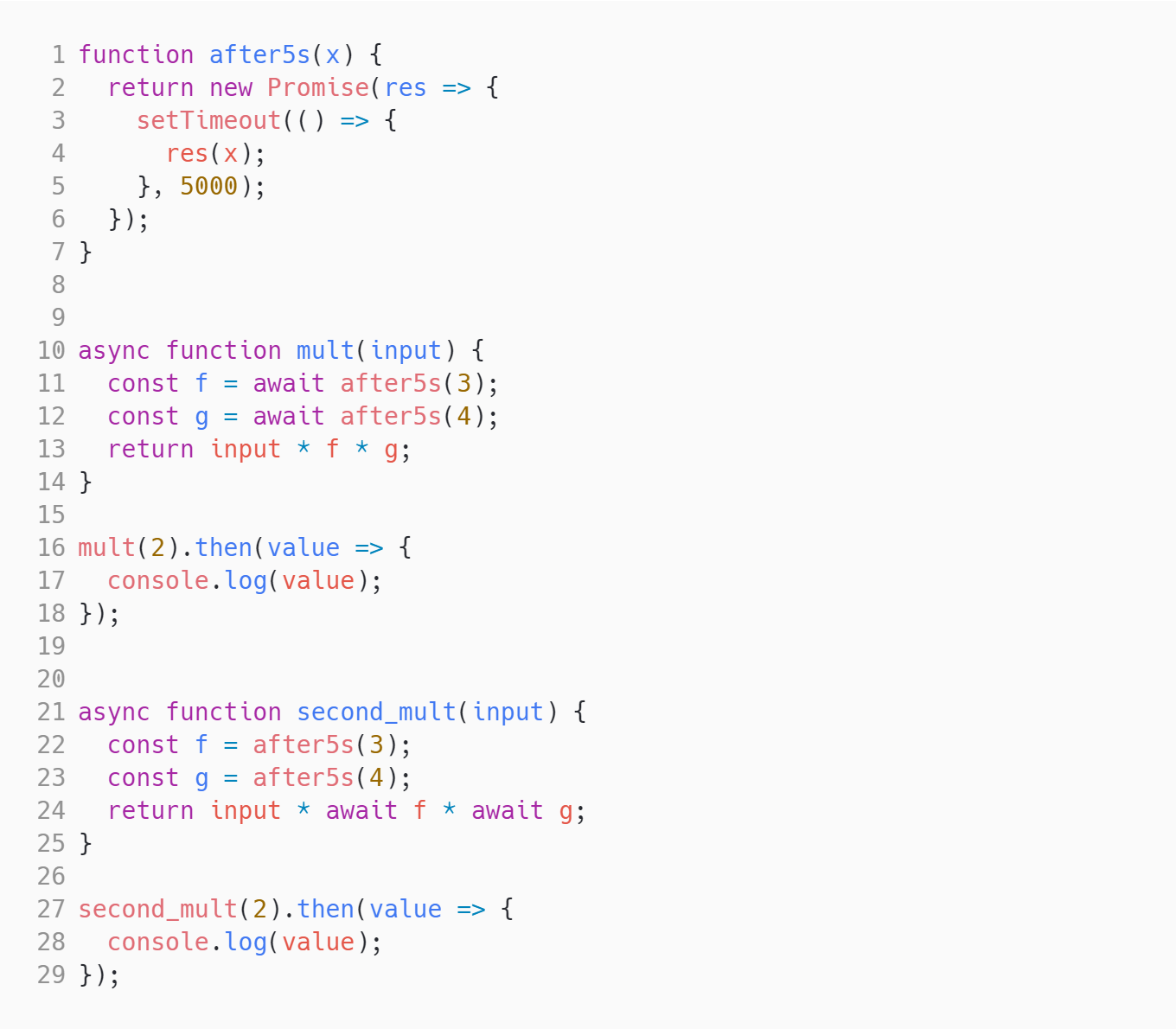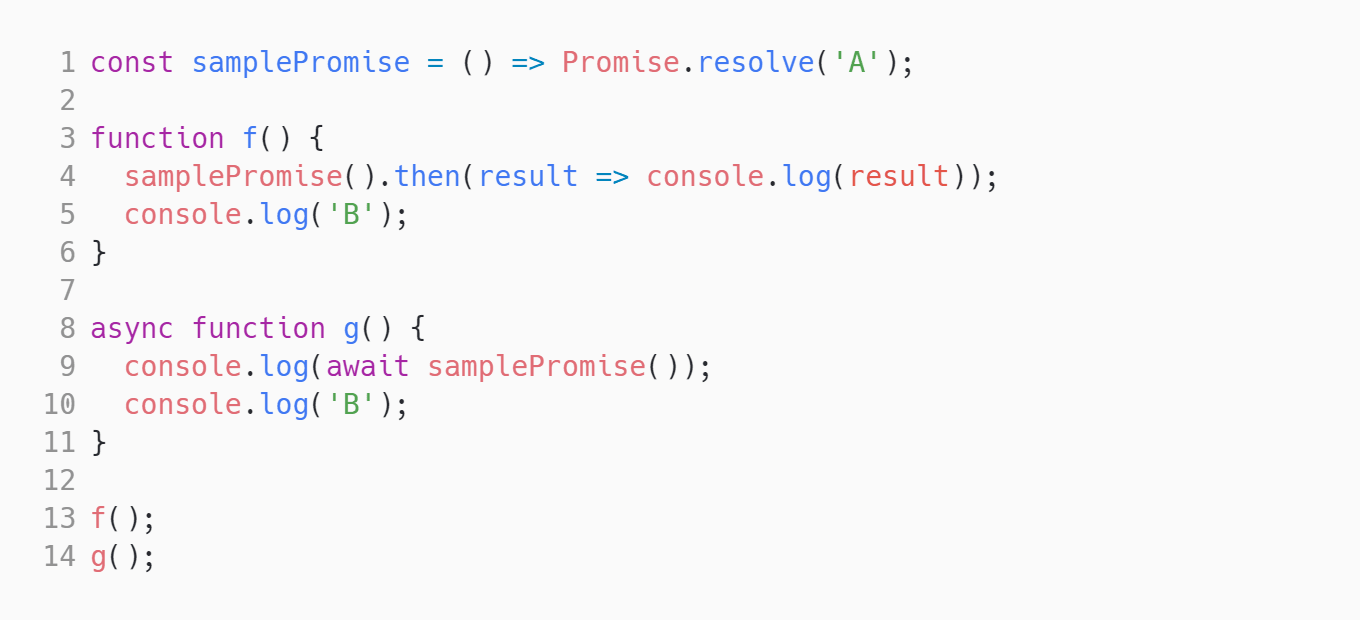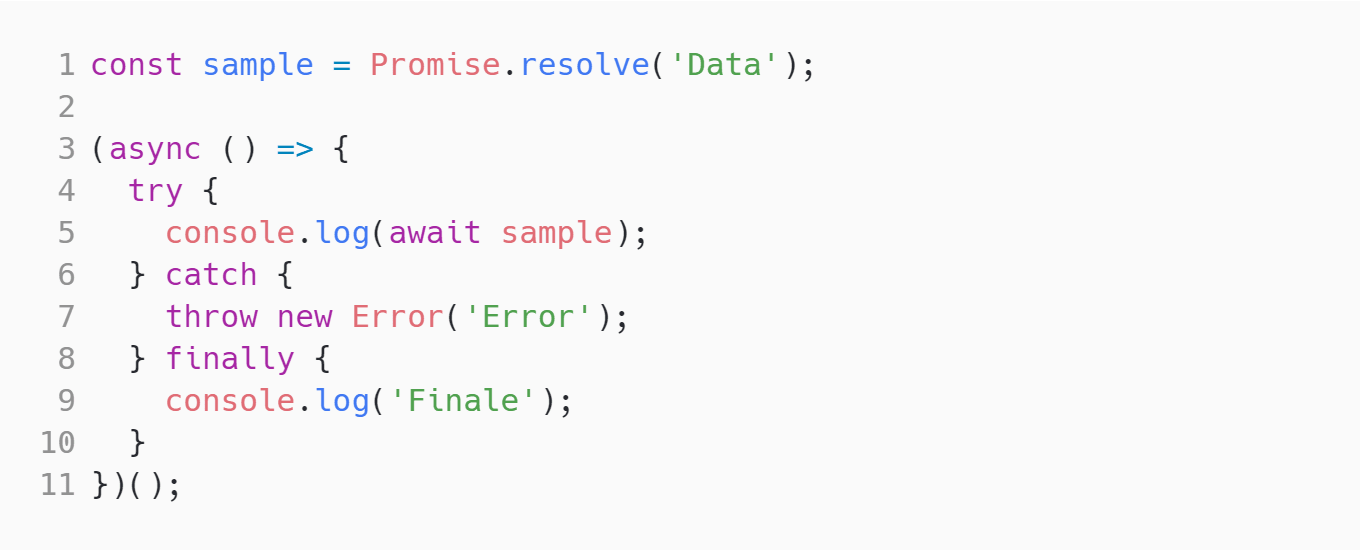C# Syntax: C# Syntax refers to the set of rules and conventions that dictate how C# code should be written and structured. It includes elements such as variables, data types, operators, control structures, and function declarations. Measuring this skill in the test allows recruiters to assess a candidate's familiarity with the fundamental building blocks of the C# programming language.
C# OOP: C# Object-Oriented Programming (OOP) encompasses principles and concepts such as classes, objects, inheritance, encapsulation, and polymorphism. Evaluating this skill in the test enables recruiters to gauge a candidate's ability to design and implement modular and reusable code, a critical aspect of modern software development.
Routing: Routing in ASP.NET MVC involves mapping incoming URLs to corresponding controller actions. It allows developers to define the URL structure and determine how different URLs are processed and handled. Assessing this skill in the test helps recruiters assess a candidate's understanding of how to effectively handle and manage application routing to ensure proper functionality and user experience.
Models: Models in ASP.NET MVC represent the application's data structure and business logic. They are responsible for interacting with the database and performing validation. Measuring this skill in the test allows recruiters to evaluate a candidate's ability to design and implement robust and efficient data models that support the needs of the application.
Views: Views in ASP.NET MVC are responsible for rendering the user interface. They are responsible for presenting data to users in a visually appealing and interactive manner. Evaluating this skill in the test enables recruiters to assess a candidate's ability to create well-designed, responsive, and user-friendly views that enhance the overall user experience.
Controllers: Controllers in ASP.NET MVC handle user requests, interact with the models and views, and orchestrate the flow of data and actions. They play a pivotal role in processing user input, validating data, and generating appropriate responses. Assessing this skill in the test helps recruiters measure a candidate's proficiency in implementing efficient and maintainable controllers that facilitate seamless interaction between the user interface and the underlying application logic.
Data Binding: Data binding in ASP.NET MVC enables the automatic synchronization of data between the models and views. It simplifies the process of populating views with data from models and updating models with user input. Measuring this skill in the test allows recruiters to assess a candidate's ability to effectively leverage data binding techniques to streamline the development and maintenance of data-driven applications.
Entity Framework: Entity Framework is an object-relational mapping (ORM) framework that simplifies and accelerates database interactions in ASP.NET MVC. It provides a high-level interface for working with databases, including querying, inserting, updating, and deleting data. Evaluating this skill in the test enables recruiters to measure a candidate's proficiency in leveraging Entity Framework to efficiently interact with databases and handle data operations within the MVC architecture.
Razor Syntax: Razor Syntax is a markup syntax used in ASP.NET MVC for generating dynamic web pages. It allows embedding C# code within HTML markup, enabling developers to seamlessly mix server-side code and client-side markup. Assessing this skill in the test helps recruiters evaluate a candidate's ability to create dynamic and interactive web pages by effectively utilizing Razor Syntax to combine server-side and client-side functionality.



















